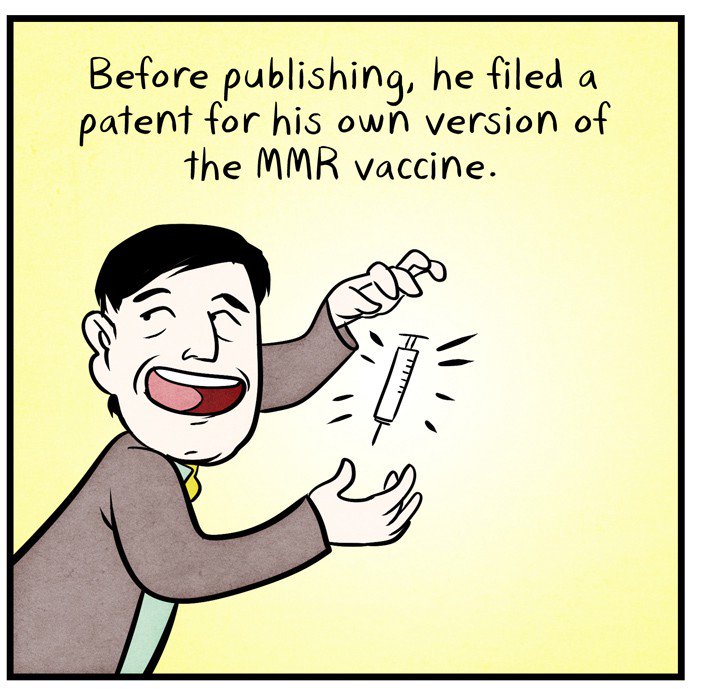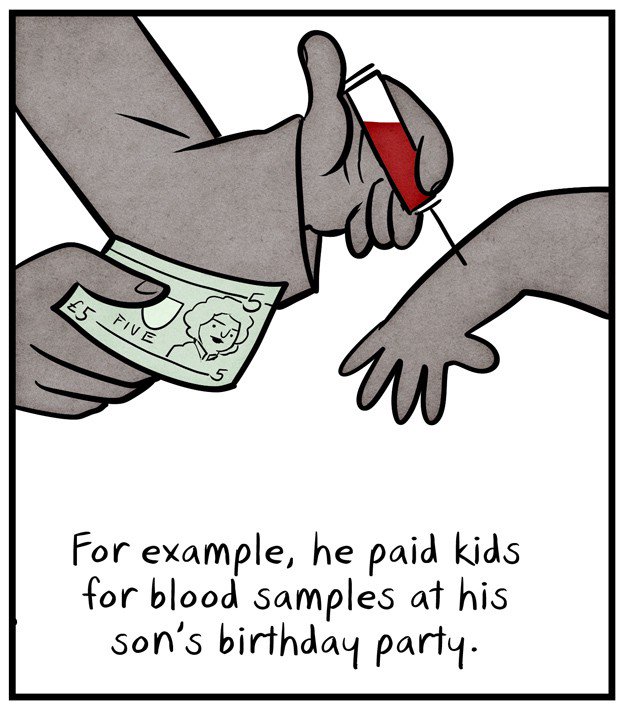Also AntiVaxxers: Autism is not genetic
Despite: AUTS1 gene which has been mapped to chromosome 7q22.
Despite: AUTS3 gene which maps to chromosome 13q14.
Despite: AUTS4 gene which maps to chromosome 15q11.
Despite: AUTS7 gene which maps to chromosome 17q21.
Despite: AUTS8 gene which maps to chromosome 3q25-q27.
Despite: AUTS9 gene which maps to chromosome 7q31.
Despite: AUTS10 gene which maps to chromosome 7q36.
Despite: AUTS12 gene which maps to chromosome 21p13-q11.
Despite: AUTS13 gene which maps to chromosome 12q14.
Despite: AUTS14A gene which has been found in patients with a deletion of a region of 16p11.2.
Despite: AUTS15 gene associated with mutation in the CNTNAP2 gene on chromosome 7q35-q36.
Despite: AUTS16 gene associated with mutation in the SLC9A9 gene on chromosome 3q24.
Despite: AUTS18 gene associated with mutation in the CHD8 gene on chromosome 14q11.
Despite: AUTS19 gene associated with mutation in the EIF4E gene on chromosome 4q23.
Despite: AUTSX2 gene associated with mutations in NLGN4.
Despite: AUTSX3 gene associated with mutations in MECP2.
Despite: AUTSX4 gene ass’d with variation in the region on Xp22.11 containing the PTCHD1 gene.
Despite: AUTSX6 gene associated with mutation in the TMLHE gene.
Despite: AUTSX1 to AUTSX6 being X-linked hereditary.
Despite: AUTS4 being Autosomal Dominant.
Despite: AUT18 being Autosomal Dominant.
Despite: AUTSX2 being X-linked.
Despite: AUTSX3 being X-Linked.
Despite: AUTSX4 being X-linked recessive.
Despite: AUTSX5 being X-linked.
Despite: AUTSX6 being X-linked recessive.
ghr.nlm.nih.gov/condition/auti…










